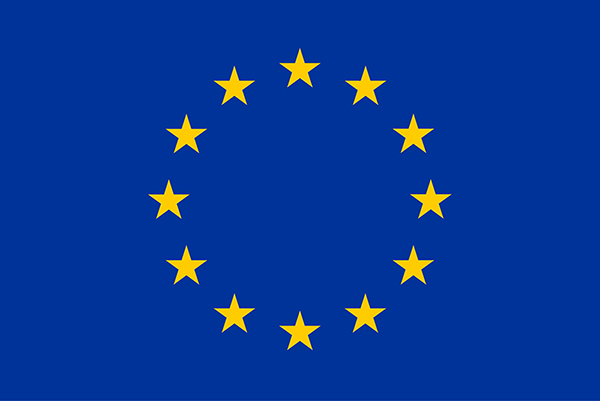What is the European Higher Education Sector Observatory (EHESO)
The European Higher Education Sector Observatory (EHESO) will serve as a centralised platform integrating diverse EU data and transparency tools, notably U-Multirank and ETER, to offer comprehensive insights into European higher education sector. The Observatory will provide four major tools:
- A European Higher Education Scoreboard monitoring the policy agenda of the European Union by showcasing relevant indicators on countries and higher education systems.
- An institutional Benchmarking Tool allowing institutions to compare and benchmark against a large sample of EU and OECD universities.
- A Student Observatory as a major European tool to inform students about study options in Europe and at European higher education institutions.
- An open access Data Centre offering open access to micro data.
EHESO data will be based on data from national statistical offices (based on ETER), data from institutional and student surveys (based on U-Multirank), plus information and data from other data bases and projects, such as for example Eurostudent, Eurograduate, ERASMUS+ data and data on quality assurance).
What does EHESO offer?
- Enhanced Transparency: By consolidating various data sources, the EHESO provides a transparent view of European higher education institutions’ profiles and performance metrics. This transparency aids stakeholders, including policymakers, researchers, universities, and students, in making informed decisions.
- Comparative Analysis: The Observatory facilitates comparative analysis across institutions, disciplines, and countries. Stakeholders can benchmark performance indicators, such as teaching quality, research output, internationalisation, and student satisfaction, to identify strengths and areas for improvement.
- Policy Formulation and Monitoring: Policymakers can leverage the EHESO’s comprehensive data to formulate and monitor evidence-based policies and strategies aimed at enhancing the quality, accessibility, and competitiveness of higher education across Europe. The Observatory serves as a valuable resource for monitoring trends and evaluating the effectiveness of policy interventions.
- Institutional Development: Universities can utilize the EHESO to assess their performance relative to peers and identify best practices. This self-assessment fosters continuous improvement and innovation in teaching, research, and management practices, ultimately enhancing institutional quality and reputation.
- Student Empowerment: Prospective students benefit from access to transparent and comparative information on higher education institutions, facilitating informed decision-making regarding program selection, mobility opportunities, and career prospects.
.
